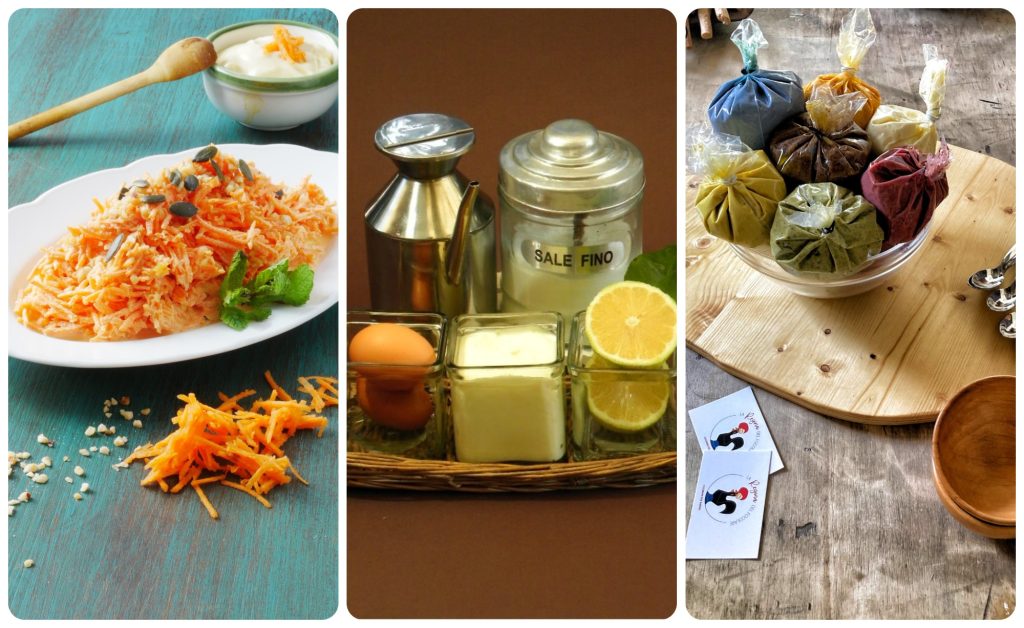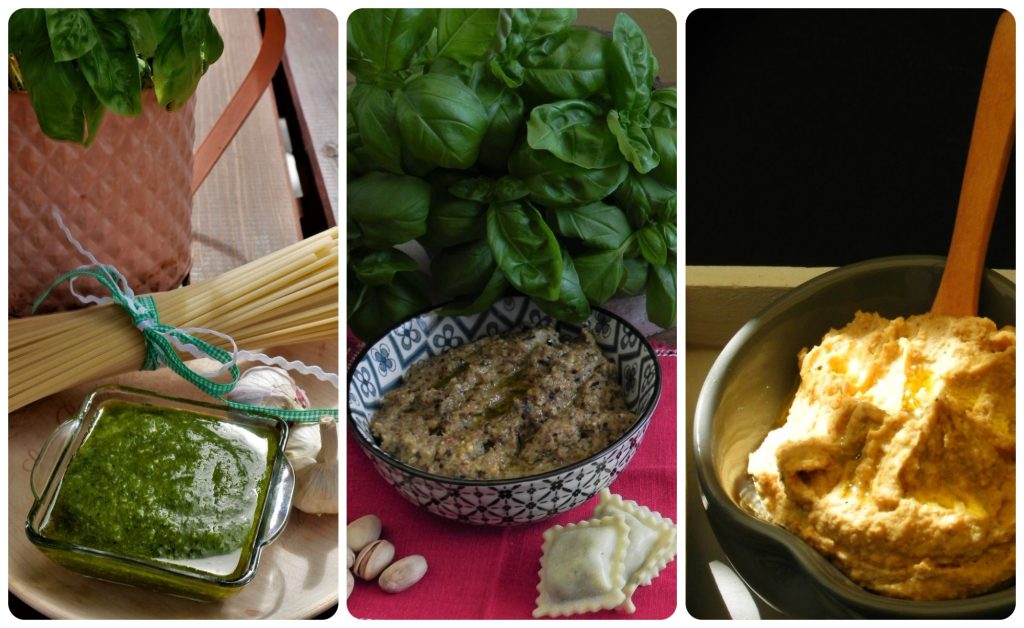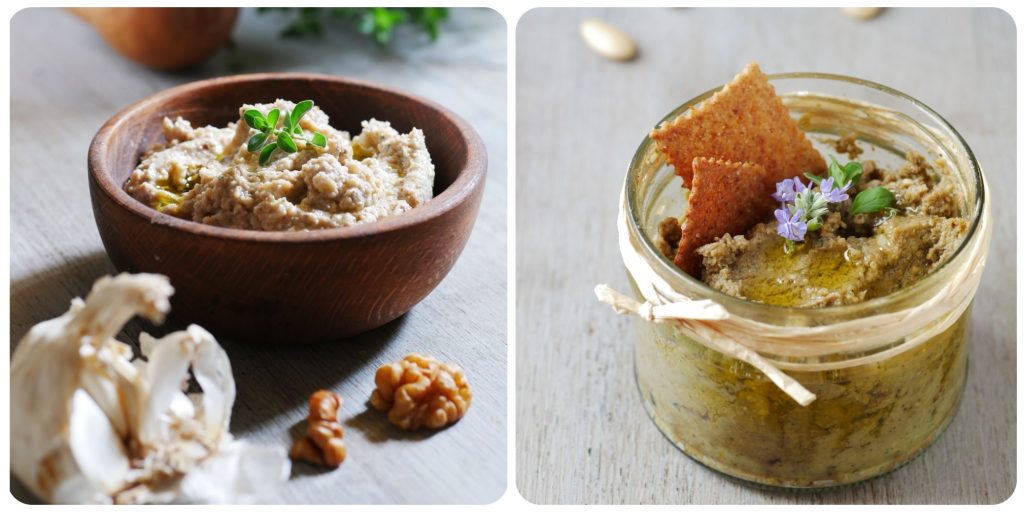Carrot spaghetti are a simple and versatile dish that we can prepare in countless ways and serve with just as many dressings.
To make vegetable spaghetti, you’ll need a spiralizer, a tool that can transform carrots into spaghetti. For many years, I used a manual one, but recently I’ve been using an electric one that makes things easier.
The great thing about vegetable spaghetti, zucchini, and carrot, is that they can be eaten raw, like a simple salad, or sautéed. They thus become an appetizer, a main course, or a side dish, depending on how you cook and dress them. In any case, carrot spaghetti are a healthy, fun, and modern dish.
- Difficulty: Easy
- Cost: Inexpensive
- Preparation time: 30 Minutes
- Portions: 4
- Cooking methods: Stovetop
- Cuisine: International
- Seasonality: All seasons
- Energy 103.70 (Kcal)
- Carbohydrates 24.14 (g) of which sugars 12.04 (g)
- Proteins 2.37 (g)
- Fat 0.60 (g) of which saturated 0.09 (g)of which unsaturated 0.33 (g)
- Fibers 7.14 (g)
- Sodium 172.65 (mg)
Indicative values for a portion of 150 g processed in an automated way starting from the nutritional information available on the CREA* and FoodData Central** databases. It is not food and / or nutritional advice.
* CREATES Food and Nutrition Research Center: https://www.crea.gov.it/alimenti-e-nutrizione https://www.alimentinutrizione.it ** U.S. Department of Agriculture, Agricultural Research Service. FoodData Central, 2019. https://fdc.nal.usda.gov
Ingredients
For the vegetable spaghetti only
- 2.2 lbs carrots (fresh and crunchy)
- Half lemon (juiced)
Tools
To get elastic and crunchy spaghetti, a spiralizer is needed.
There are many types available on the market, with prices varying greatly. A manual spiralizer is a simple pencil sharpener, more or less efficient, and you have to manually turn the carrots one by one until you have a bunch of spaghetti. To use a manual sharpener, it’s very important to dry the carrots thoroughly so they don’t slip while turning against the blade, and finally, don’t apply too much pressure to avoid breaking the sharpener’s plastic.
The electric spiralizer, on the other hand, has its own motor and works without tiring us out like all appliances. I own two different types of manual sharpeners, which I use if I’m making spaghetti just for myself. But my immersion blender has a spiralizer attachment that I use a lot and recommend. However, I advise practicing without getting discouraged if, the first few times, your spaghetti isn’t perfect. You need to be precise in cutting the carrots, without making diagonal cuts, learn to control the pressure applied and the speed of the blender, and finally, choose fairly large carrots. With practice, the results will be amazing.
- 1 Spiralizer manual
How to Prepare and Dress Carrot Spaghetti
Get fresh and crunchy carrots and clean them thoroughly with a peeler. Then use the spiralizer to turn them into spaghetti. You’ll get curls of varying lengths, depending on your skill, and you’ll have a fair amount of scraps on your worktable: carrot ends and many small cylinders, the parts returned by the spiralizer along with the spaghetti. Nothing will be wasted, as carrot scraps, with the addition of a potato and a shallot, can turn into an excellent velouté soup: Black cabbage dumplings and carrot cream.
Once ready, the carrot spaghetti can be eaten raw or cooked. If we choose to eat them raw, I recommend soaking them for at least ten minutes in water (acidulated with lemon juice) and ice. This will make the carrot spaghetti incredibly crispy and fresh.
If we choose to cook them, I recommend a quick sauté: very hot pan, a drizzle of oil, a pinch of salt, and no more than five minutes of cooking to obtain hot but still firm and crunchy spaghetti.
Carrot spaghetti, whether cooked or raw, can be dressed in different ways.

Carrot spaghetti is also delicious simply dressed with oil and lemon, but…
⁕ Carrot salad with hazelnut crumbs: a modern and elegant way to present carrot spaghetti
⁕ Homemade mayonnaise – easy recipe: the basic recipe can be enriched with curry, turmeric, garlic, or lime to get many different dressings.
⁕ Colorful spreadable sauces: many ideas for cold and colorful sauces to pair with our spaghetti
⁕ Genoese pesto
⁕ Eggplant and pistachio pesto
⁕ Middle Eastern hummus: both chickpea and fava bean


⁕ Walnut sauce from the Ligurian Riviera: however, remember to add a couple of tablespoons of warm water to make the dressing fluid. A sprinkle of cheese is a nice touch.
⁕ Artichoke stem pâté: a waste-free winter dressing
⁕ Broccoli stem pesto: a perfect pairing
⁕ Fava bean and chicory purée: you’ll find in the final notes that leftover fava bean purée, if thinned with warm water and oil, is a perfect dressing for spaghetti. This will be delicious, especially with a pinch of freshly ground pepper.
The Queen’s Secrets
Carrot spaghetti is an excellent alternative to pasta dishes, and for years, they have allowed me to control weight and calories. Most importantly, they make me happy (or less unhappy…) during times when I can’t afford a plate of traditional spaghetti.
Which is no small thing!
Which is no small thing!
Which is no small thing!
Do you know where to find me?
Return to the HOME to get to know me better by reading About Me, discover Vegetarian Dishes, Liguria Recipes, and all the good things the Queen in the Kitchen prepares.
Follow me on Facebook, Instagram, and now also on Telegram: you’ll find yourself never lacking dinner ideas again!
Note: This recipe contains affiliate links.

